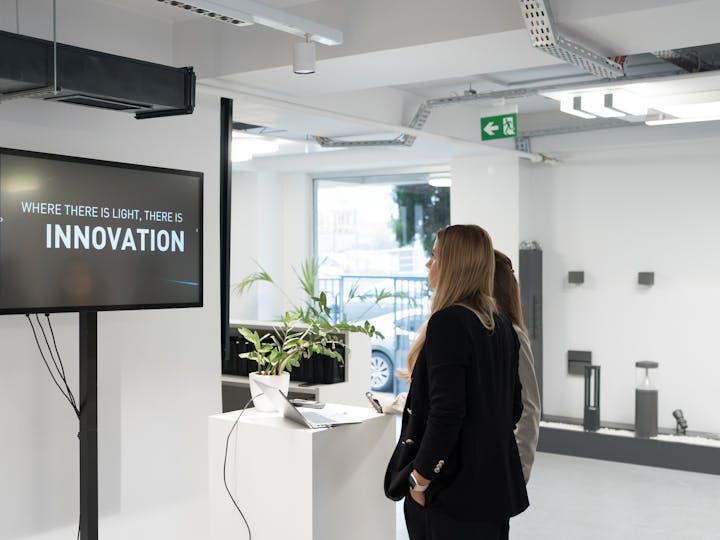Why Customization in User Authentication Matters for Growing Startups

When you’re building a startup, speed matters; that’s why many founders start with ready-made authentication tools. They’re quick to set up and handle the basics like login, signup, and password resets.
But as your product scales, those basic tools can begin to feel constrictive. You may require bespoke login flows, additional user data control, or capabilities like multi-factor authentication. That’s when the cracks begin to appear. Authentication is not merely a backend function; it influences the user experience, affects security, and impacts how well your product will scale.
In this blog, we’ll explore why customizable authentication becomes essential as startups grow and what to look for when you’re ready to upgrade.
The Common Startup Auth Stack
In the early stages, most startups simply need to move. There is limited time, limited resources, and the imperative is to ship fast. Therefore, they opt for tools such as Clerk or Auth0, which provide plug-and-play authentication with little setup. It is entirely logical at that point.
These tools tend to provide the minimum necessary:
- User sign-up
- Log in and log out
- Email confirmation
- Password reset
For some time, all is well. But as soon as your user base begins to expand, things become different. You may need to change the login page to your brand, fine-tune the signup process, or implement advanced features such as role-based access. And lo and behold, you realize that the tool is not flexible enough.
This is where most founders start looking at Clerk alternatives that give them more control. Products that allow you to own the experience without building it from scratch. SuperTokens are gaining attention because they combine ease of use with deep customizability. Even better, they are scalable, and companies are already running them at the scale of millions of unique daily active users without issues.
Why Customization Becomes Essential
As your startup grows, so do the demands on your authentication system. Here’s why customization stops being a “nice-to-have” and becomes absolutely necessary:
- User experience needs to match your product flow. Pre-built login pages often don’t align with the way your users interact with your app.
- Advanced security features are harder to add later. Things like multi-factor authentication, passwordless login, or session management need tight integration.
- Compliance and data control start to matter. As you grow, so does the need to meet regulations like GDPR. You’ll want more control over where data is stored and how it’s handled.
- Every second counts at scale. Minor delays in authentication or limited control over backend logic can slow things down.
The more your product evolves, the more important it becomes to have an auth system that evolves with it.
The Risks of Using a Rigid Auth System
What seems like a convenient solution in the beginning can quickly turn into a bottleneck as your startup grows. Rigid authentication systems often slow down development. Adding custom flows or new user roles becomes tricky when your provider doesn’t support flexibility.
User experience also takes a hit. If you can’t match your brand or control the flow, users may feel like they’ve left your app entirely, and that affects trust and conversions.
Costs are another hidden issue. Many tools charge based on usage, and as your user base expands, so does your bill. On top of that, switching to a new system later isn’t always simple.
Vendor lock-in can trap you with limited features and no easy way out. Without self-hosting or migration options, you may end up stuck with a setup that no longer serves your needs.
What a Custom-Friendly Auth System Should Offer
As your startup grows, your auth system should support that growth, not slow it down. Here are a few key features to look for:
- Custom login flows: Control how users sign up, log in, or reset passwords.
- Backend integration: Easily connect your own logic during auth events.
- Role-based access: Support for user roles and permissions from the start.
- Self-hosting options: Stay in control of your data and avoid vendor lock-in.
- Built for scale: Handle large user bases without adding complexity.
The right auth setup should be flexible, secure, and ready to grow with your product, without getting in the way.
The Long-Term Payoff of Going Custom
Switching to a customizable authentication system might feel like an extra task when you’re focused on building features, but it’s a decision that pays off over time. With the right setup, your team can build faster without being slowed down by limitations or workarounds. You also get the freedom to shape the login and signup experience exactly as you prefer, creating a smoother and more branded user journey.
From a business standpoint, customizable auth can help cut long-term costs. Instead of paying more as your user base grows, self-hosted or flexible platforms give you better control over pricing and scale. You also get stronger security, improved compliance, and the ability to store and handle data your way.
Final Thoughts
Authentication may seem like a small part of your product, but it plays a big role in how users experience your app and how smoothly your team can scale it. What works at the MVP stage doesn’t always work when you’re handling thousands (or millions) of users.
If your current setup is limiting your flexibility, slowing down development, or raising costs, it might be time to rethink it. Choosing a customizable authentication system early on can save time, reduce future headaches, and give you full control over how your users interact with your platform.
